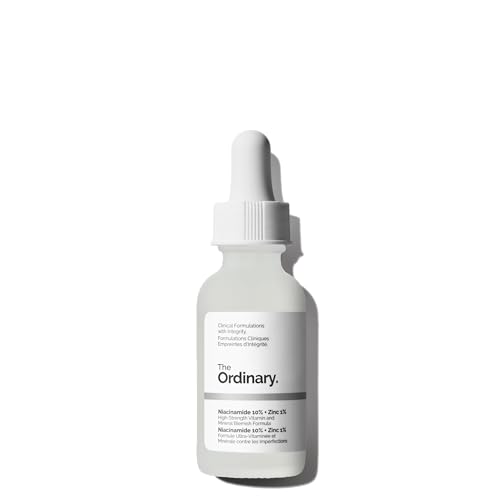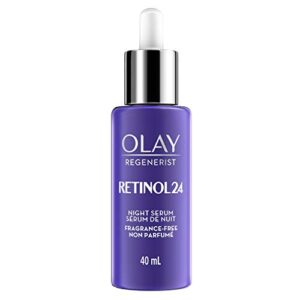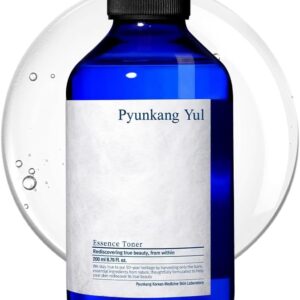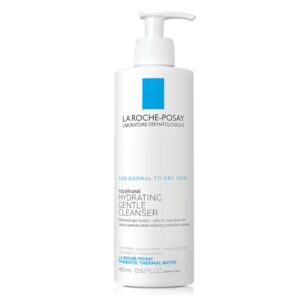Why We Can’t Get Enough of the Common 10% Niacinamide + 1% Zinc
This serum is well-known for its effectiveness on a wide range of skin types, particularly those with breakouts, large pores, or oily skin. Its high levels of Niacinamide and zinc help clear up congestion and balance your skin. Unlike harsh treatments, it smooths texture, controls shine, and keeps your skin barrier healthy. For example, a study from the Dermatology Research Institute, a reputable institution in the field, showed that using Niacinamide and zinc regularly could cut Oil by 20% and shrink pores by 18% in four weeks. This scientific backing adds credibility to the product’s claims. It’s a simple product that helps your skin look better without being noticed.
If you’re unsure, the answer is yes—trying it is worthwhile.
This serum might be a game-changer if you’ve ever struggled with oily skin. The combination of Niacinamide and zinc not only helps control Oil but also makes the skin appear smoother and more even-toned, even if you’re not battling acne. Its seamless blending with other treatments makes it a stress-free addition to any routine, whether you’re a professional or a novice.
The Advantages of Zinc and Niacinamide
- Oil management is the most obvious advantage.
- Without stripping your skin, Niacinamide helps control the production of sebum.
- The most significant benefit is Oil control.
- Niacinamide helps manage Oil without drying out your skin, resulting in a more matte appearance.
- Over time, it can also make pores appear smaller, as there’s less Oil and buildup.
- Another benefit is clearer skin—zinc helps reduce redness and breakouts, while Niacinamide soothes and strengthens the skin barrier.
- With regular use, your skin can appear more balanced, smooth, and transparent, thanks to a 10% concentration.
- This powerful form of vitamin B3 helps regulate Oil, improve texture, reduce redness, and fade uneven tone.
- The second is zinc PCA at one per cent, which works alongside Niacinamide to calm inflammation and reduce congestion.
- The formula is water-based, lightweight, and free of fragrances and unnecessary fillers, making it suitable for most skin types, including sensitive ones, although patch testing is always recommended.
How to Use the Ordinary Niacinamide 10% + Zinc 1%
- After cleansing, take a few drops of the serum and apply them evenly across your face. This step is crucial as the serum works best on freshly cleansed skin.
- Allow the serum to absorb for a few moments. You will notice that any slight stickiness disappears quickly as you proceed to apply your moisturiser.
- You can use this serum either in the morning or evening. If you’re planning to use it with stronger actives like
- You can use this serum in the morning or at night. If you also use potent actives, such as vitamin C or exfoliating acids, try using them at different times to avoid irritation.
- If you’re new to this, start with once a day and increase if your skin feels good. Don’t forget sunscreen during the day to protect your skin while using this serum.
- If you’re experienced with skincare, you can easily add it to both your morning and evening routines.
A dependable solution that addresses real issues like Oil management, visible pores, and uneven skin tone. It is not simply another fad. This serum is worthy of its place, whether you’re just starting your skincare journey or perfecting a pro-level regimen. It’s inexpensive, efficient, and simple to use, proving that you don’t have to spend a lot of money to get noticeable improvements in your skin.




Reviews
There are no reviews yet.